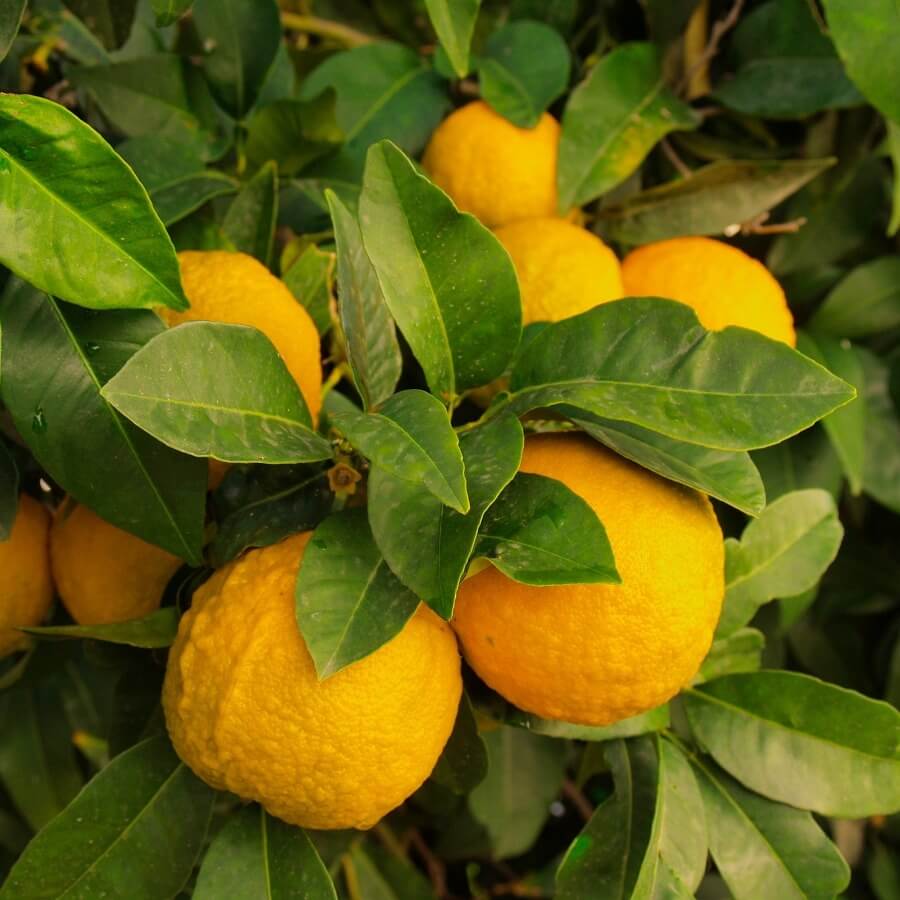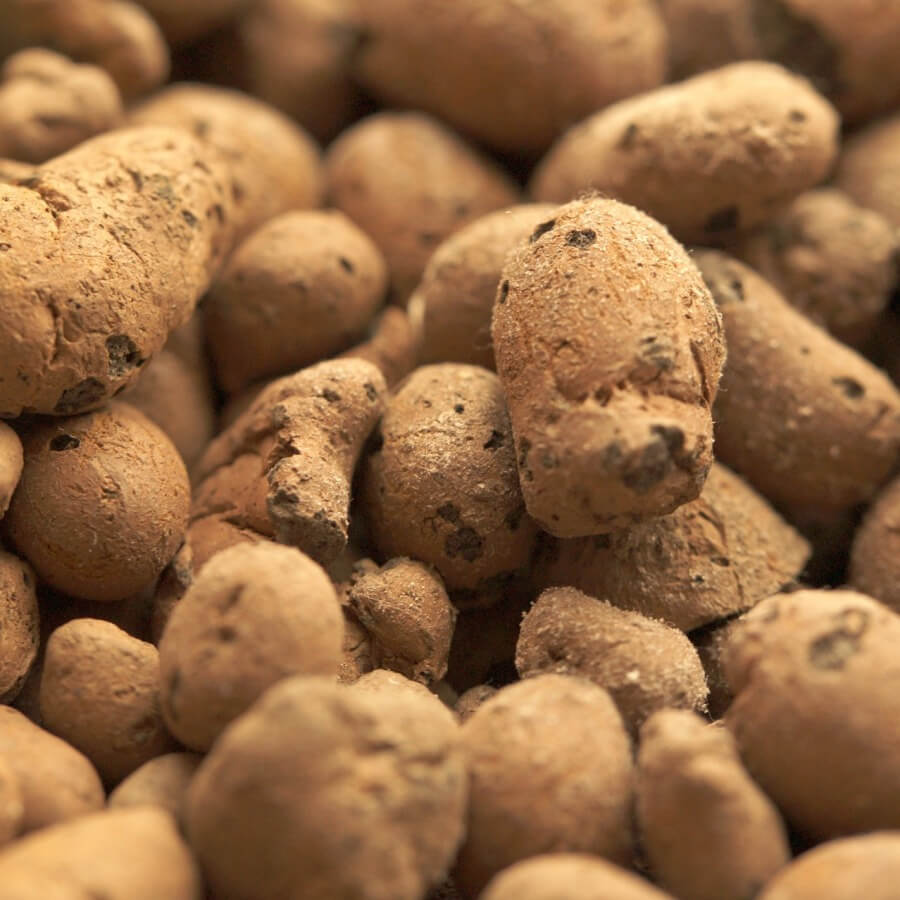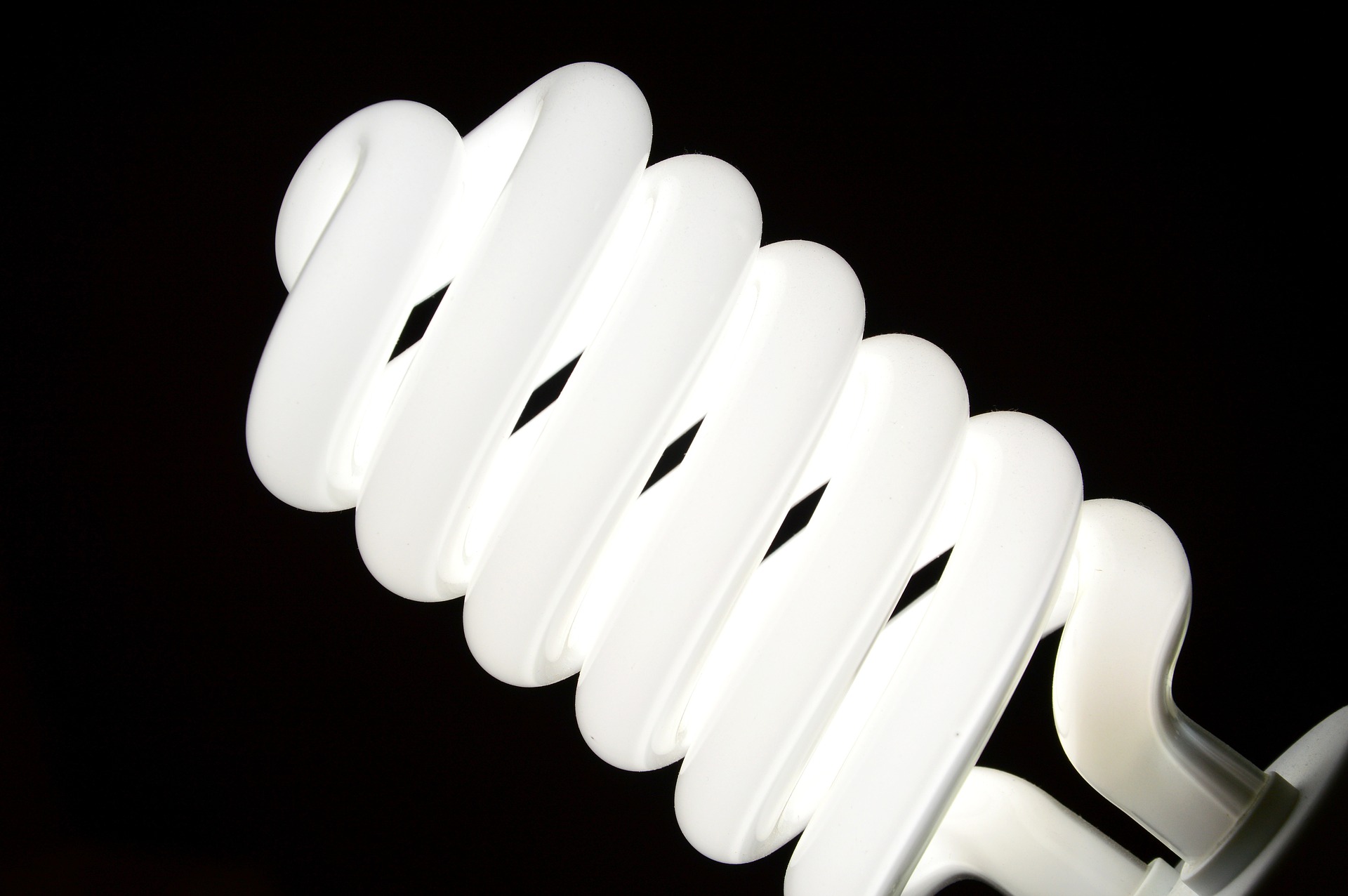The Ultimate Guide To The BlueLab pH Pen
Bluelab is the pinnacle of the pH meter mountain. They aim to manufacture products which competitors envy and customers look to when they need to tame unruly acidity. Have they managed it? Read on to find out if they've accomplished world-class status.
What Mom Never Told You About The GH Dual Diaphragm Air Pump
In this article, we'll guide you through everything you need to know about the GH Dual Diaphragm Air Pump. We're honest in our reviews so you can make a confident decision when buying your hydroponics equipment. This is a powerful, quiet pump and is well respected within the indoor gardening community. It's recommended for beginner to intermediate level growing and is suitable at providing oxygen to approximately four to eight, five gallon buckets of nutrient solution.
The Best pH Meters For Hydroponics
If you’re new to growing hydroponically you may not appreciate the importance of controlling your pH. It’s not an obvious variable to consider because it’s not clear to see like lighting or ventilation. You wouldn’t be the first, you won’t be the last.
If you’re a more experienced grower perhaps you have a direct understanding of how neglecting to monitor your pH levels negatively affects your plants.
In this article we’re going to discuss why measuring the pH of your nutrient solution is important, the equipment you’ll need to do it and how to look after it. Lastly, we’ll give you few examples of the best pH meters on the market in 2017.
The Best Air Pumps For Hydroponics
I like breathing, you like breathing, plants like breathing. When caring for a living organism it’s your duty to provide it with all it requires. When growing in soil plants can access oxygen via tiny pockets of air located throughout but this can be tricky when growing plants in water as we do hydroponically.
So, you need a way to force oxygen into the water you’re already growing with. This is where air pumps come in, attached to an air stone via airline tubing. Remember, there are no toxicity issues related to high amounts of aeration of the nutrient solution.
Everything You Need To Know About Nutrient Lockout
In this article we're going to discuss what nutrient lockout is, why it's so important and how you fix the situation once and for all.
The Best LED Grow Lights
The biggest problem with growing plants indoors is the temperature accumulation produced by lights, especially high-intensity discharge (HID) bulbs. This is emphasized if you’re growing plants in an enclosed space such as a grow tent or custom-designed grow room.
Heat is a problem for plants just the same as with humans. You get too hot, you die. Biochemical reactions critical to life become impossible as molecules start to denature and lose the ability to bind their substrates.
Fluorescent bulbs are an alternative to HID lamps as they don’t give off so much waste heat. They fail to bathe plants in enough light to stimulate their maximum growth rate, meaning you don’t get as much economic yield (or edible yield) for the same length of time the light is on.
You’ll be pleased to read there’s another option, one with a high intensity of light without excessive heat output. These are modern light emitting diode (LED) units, and they’re relatively new on the indoor growing scene, but what are the best LED grow lights?
How To Choose A Grow Tent
Understand, controlling your plant’s environment is paramount to achieving their maximum yield and grow tents enable you to take the control to a level impossible without them.
If you've only dabbled in hydroponics previously with just some lights and a fan, or perhaps you understand what it takes to be the best. Either way, you’ve found this page because you’re interested in growing plants to the best of your ability.
The Best Way To Cure Root Rot
This article is going to discuss the common problem of root rot in plants grown using hydroponic systems which can and will devastate your crop. Once it takes hold, it's extremely difficult to combat using chemical intervention, however, biological warfare comes to the rescue. This piece discusses how to make a microbe tea to keep your roots pearly white.
How Does Hydroponics Work?
It’s no secret. People enjoy being around others who can provide for themselves. What could be more providing than feeding you and your loved ones?
If you’re like me, you’re poor and live in a small flat. That makes feeding yourself slightly more of a challenge than you’d like. How, then, can it be done?
The answer, friends, is hydroponics.
Growing Media Used In Hydroponics
Your hydroponic system is soilless, and only the nutrient solution provides the sustenance your plants need to survive. The material they’re grown in is chemically inert but enables the roots to bind to something tangible for the plant’s stability.
Different growing media absorbs varying amounts of nutrient solution, and have pockets of air between the material’s space. How much air depends on the porosity of the media.
There are numerous types of growing media and each have their own properties. Considerations may include the kind of hydroponic system you’re using, which plants you’re growing, or its ease of use.
Best Nutrients For Hydroponics
Becoming a Michelin star chef has never been easier.
You plants know what they like, and it’s your job to cook up a feast. Thankfully all you need to do is mix the right macro and micronutrients and you’re set. Without these elements, your plant can’t sustain its full lifecycle.
You don’t even need to turn the gas on.
Hydroponic Grow Room Ventilation
Plants need suitable ventilation to control the humidity, temperature, and carbon dioxide levels in their environment.
If you’re looking to progress from a simple setup into something towards the intermediate or advanced stages, to maximise yields most plants need air with 40-75% humidity, and temperatures between 18℃/64.4℉ and 23℃/73.4℉.
Lighting In Hydroponics
As factories of the Earth, plants utilise the Sun’s energy, in the form of light, and carbon dioxide to generate sugars and oxygen. Plants are the factories of the world.
The simple sugar glucose is converted into ATP during respiration and is transported around the plant in a soluble form topower each cell. Insoluble polymers of glucose are necessary for storage and provide structure for the plant, we call this cellulose.
Nutrient Film Technique
The Nutrient Film Technique (NFT) is a hydroponic growing method. Typically used in domestic grows with an advantage of being easily expandable in size.
As with all hydroponics, your plants are fed by nutrient-infused water.
Your seedlings germinate either in starter cubes, or small baskets containing an inert growing media. The root system uses this media as anchorage to support the rest of the plant.
Ebb and Flow
Ebb and Flow, or Flood and Drain systems, whichever takes your fancy are great for novice hydroponic growers just starting out.
It’s simple, reliable and produces higher yields than other systems, so why wouldn’t you want to get cracking with it?
If you’ve read through our basic guide to hydroponics, you’ll understand it’s a process by which plants are fed with water and dissolved nutrients.
Deep Water Culture
Deep Water Culture is a method of hydroponic growing, whereby plants are cultivated without soil, and instead use a solution of water and dissolved nutrients. Plants are grown in an inert growing material, this doesn’t affect the concentration of the nutrient solution and is a base for the root system to anchor.
Deep Water Culture isn't the simplest form of hydroponics, but it's great for beginners who want to try hydroponics with electrical components.
Wick System
Hydroponics is a way of growing plants without soil, using a solution of water and dissolved nutrients for sustenance.
There are no moving parts in the Wick System, making it the second simplest form of hydroponic setups behind the Kratky Method.
The passive nature of the Wick System means you can only rely on growing less energy-intensive plants which don't bear fruit. Leafy greens like lettuce or herbs such as basil are good examples of potential produce.
Drip System
Hydroponics is the process of feeding plants with a solution of water and nutrients in an inert growing medium without any soil.
Everything the plant needs to grow is in the nutrient solution and hydroponics typically saves on water usage and space.
The Kratky Method
If you’re just starting out and want to give hydroponic growing a go, check out the Kratky Method. It's got to be the least hands-on approach to growing hydroponically and is great for people who want to get a feel for growing hydroponically long term. The Kratky Method has no moving parts, so there's no electricity necessary, and you don’t even need to install a wick.
Types of Hydroponics
Hydroponics is the growing of plants without soil and instead uses dissolved nutrients in water.
There are different ways to deliver the nutrient solution to the root system and it just so happens this article you're about to read is going to detail each of them.




















Terms & Conditions
Subscribe
Report
My comments